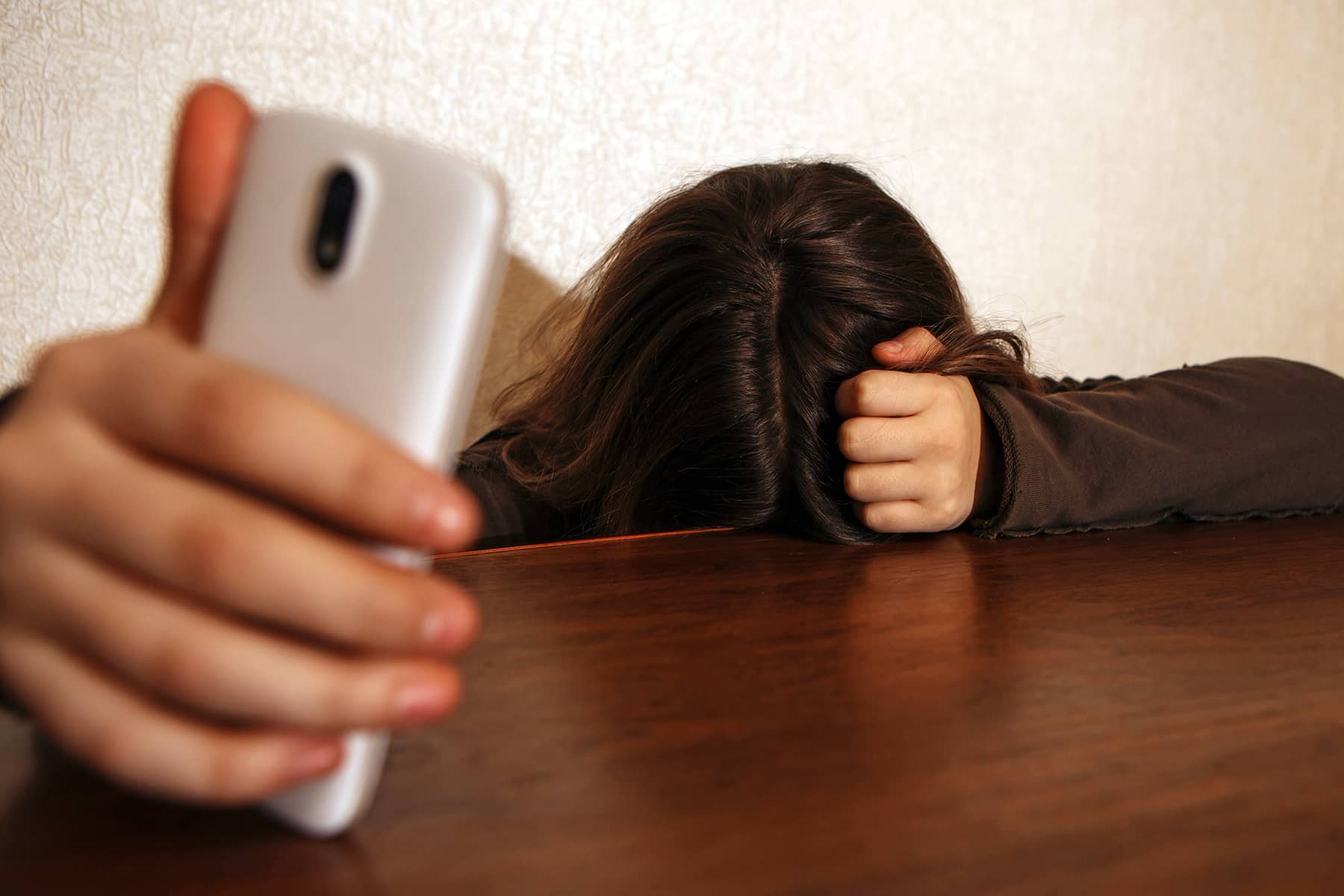
By Kate G. Blackburn, Post Doctoral Researcher, The University of Texas at Austin College of Liberal Arts; Leah E. LeFebvre, Associate Professor of Communication, University of Alabama; and Nick Brody, Associate Professor of Communication Studies, University of Puget Sound
Before the internet, people commonly burned Polaroids and love letters in a fire as an act of closure following a breakup.
Nowadays, it is not so simple. People produce and consume massive amounts of digital stuff – 33 trillion gigabytes of online data in 2018 alone, a number that has surely grown. Even as more and more of daily life is experienced and documented online, there is no playbook for how to navigate breakups in the digital age. In the past, if bonfires were not your thing, you could simply throw out love letters, gifts and photographs, or put them in a box and store them in the attic – out of sight and out of mind.
Now, as you scroll through your accounts, you might find yourself returning to your own memories – including reminders of your former partners, which live on long after the dissolution of a relationship. As communication researchers, we have conducted a series of studies investigating how people decide whether to keep or delete something following the end of a romantic relationship – and how these decisions affect their ability to move on.
Relationship ‘cleansing’
In some of our earlier research – all the way back in 2013 – we studied how people used social media after a breakup. We found that they often carried out what we call “relational cleansing” by hiding their relational status, deleting photos or scrubbing old social media posts.
In another study, we found that people who spent a good deal of time looking at old digital photos of their relationships and those who monitored their previous partners on social media following a breakup had a harder time moving on. To explore these findings in more depth, we conducted a follow-up study that looked at whether keeping or deleting virtual objects following a breakup helped people move on and emotionally recover following the end of their relationship.
We found that people who were more nostalgic – that is, those who tended to have a sentimental longing for the past – were more likely to keep digital objects from their previous relationship, and that preserving those objects tended to make it harder to adjust to the relationship’s end.
In the analysis of the results, we speculated that when people continually revisit these digital memories, they are unable to fully detach from the relationship. Based on this research we came up with a model called Virtual Relational Memory. Specifically, we suggest that individuals going through a breakup consider three components of their digital lives: objects, stories and networks.
To purge or not to purge?
In relationships, people produce a trove of digital objects, such as messages and photos, that represent and document their relationships. Those happy and joyous photos of past anniversaries and trips linger in online photo albums long after the relationship ends.
Because many of these digital objects are distributed across platforms and accounts – many of which people do not have access to – they are more likely to persist. Old photos memories can algorithmically appear at inopportune times, too, spurring unanticipated thoughts about your partner.
Still, you can exert some control over whether to delete or keep the memories you have access to. By keeping the objects, maybe you can continue to reflect on the relationship, prompting personal growth. By deleting them, perhaps you can more quickly move on from your previous partner and prepare for your next relationship.
Losing control of the narrative
Beyond considering how to manage things like photos and old messages, people going through a breakup should also think about the narrative, or story, of the breakup. The stories people tell about their breakups are powerful reminders of their relationships. But they also help people reconcile and move on to new ones.
When a relationship ends, people often construct a story, and that story varies for different audiences. When your parents ask why you broke up, you might tell a story about your differing life goals. When your friends ask why you broke up, you might tell a story about your inability to manage conflict.
Social media complicates the story-creation process, because it is more difficult to construct distinct stories for different audiences. For instance, some people have both a main Instagram account and a “Finsta” that presents their more authentic identity. Someone who shares the gritty details of their breakup on their finsta would have a difficult time reconciling that version of the narrative with the one they present on their more curated main profile.
Also, people tend to change the story they tell about breakups over time as they move on from a relationship. Their story might evolve to be less hostile to their partner, or more accepting of the need for the end of the relationship. When people are exposed to virtual objects such as old photos or texts, their narratives can quickly revert back to the stories they created shortly after the relationship ended.
Adapting your network
Next, it is important to think about your network, which refers to the connections in which our relationships are embedded. When you are in a relationship, you often connect with your partner’s family members and friends on Facebook, Instagram and Snapchat. Those networks often linger following the end of the relationship unless you make an active effort to disconnect.
You may ask yourself whether you really care what your previous boyfriend’s childhood best friend is doing on vacation. Even worse, your previous partner could appear in those very vacation photos.
The persistence of these networks makes ending relationships harder. In a sense, these networks act as a brain, archiving virtual memories through social connections that can be reactivated by the social network.
Although research into the effects of these factors is ongoing, especially as technology continues to evolve, we suggest that people think carefully about which objects, stories and networks they want to retain, and which they want to jettison. Though tentative, the findings across our studies suggest that people who selectively keep some objects and delete others fare better following a breakup than those who obsessively keep or delete. In other words, everything in moderation.
Perhaps, as country singer Sam Hunt put it, breaking up was easier in the 1990s. But that does not mean you cannot reassert control over how you want to move on – and decide which digital relics of your relationships to preserve and which to purge for good.
Burdun Iliya
Originally published on The Conversation as Headline Title Goes Here with Link
Support evidence-based journalism with a tax-deductible donation today, make a contribution to The Conversation.














